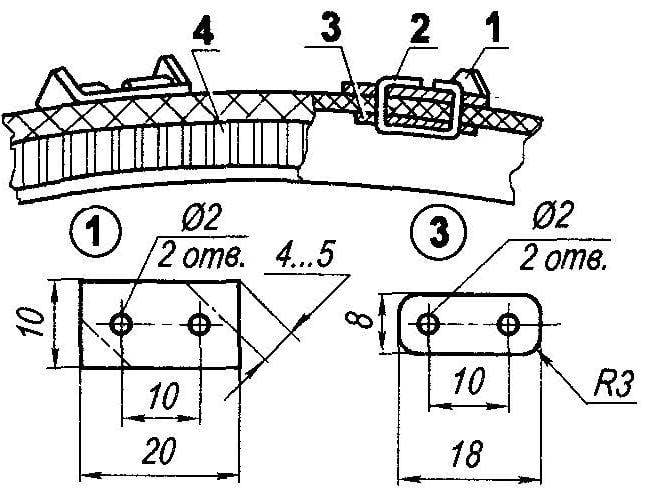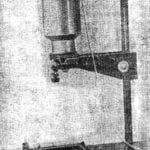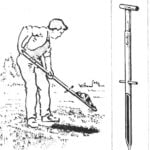 Many cyclists, especially in provincial cities and towns, and put “on a trick” their “two-legged horses” and in the winter time. But winter is winter. Even four-wheel vehicles are recommended to be changed to studded tires. To say nothing about the less stable two-wheeled transport. Risk of falling with him and injury increases many times.
Many cyclists, especially in provincial cities and towns, and put “on a trick” their “two-legged horses” and in the winter time. But winter is winter. Even four-wheel vehicles are recommended to be changed to studded tires. To say nothing about the less stable two-wheeled transport. Risk of falling with him and injury increases many times.
I’m one of those fans of the Bicycle for which winter is not a barrier. And to feel on winter road (even ice) confident I was equipped with special tires with spikes. This design is tested by me for several seasons and has fully justified itself. So with a clear conscience I can recommend it to other lovers of winter Cycling.
Studding bike:
1 —spike (steel, sheet s is 1.5, the number—location); 2—fastening of the tongue (paper clip); 3—lining (galvanized steel, s 0,8); 4—Bicycle tire
The spikes are attached along the longitudinal axis of the tire with a pitch of 90 mm. Spike steel 1.5 mm plate size 10×20 mm with bent at right angle in opposite corners and two holes for mounting. The tire spike is attached to a wire bracket (for example, a paperclip) through the lining of galvanized steel, which protects the tire from bursting. The lining should be cleaned burrs, to avoid puncture of the camera. For studding fit even a worn “bald” tires. One tire installed spikes 27.
This would seem laborious work is not time-consuming, the design almost does not weigh down the wheel, does not interfere with the movement of the bike and the rotation of the roller Wellenreiter.
It is clear that during the operation of the spikes are blunted. To restore their performance, enough time in the season to correct their file.
V. KHOMENKO, Ukraine



